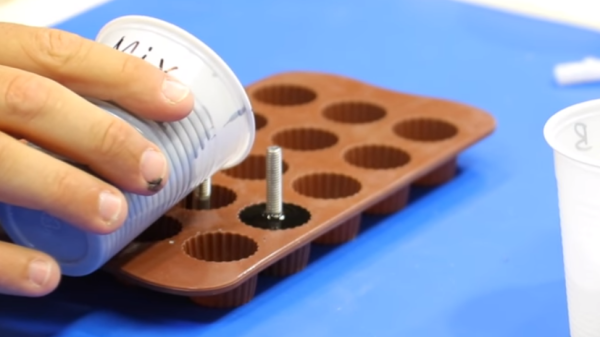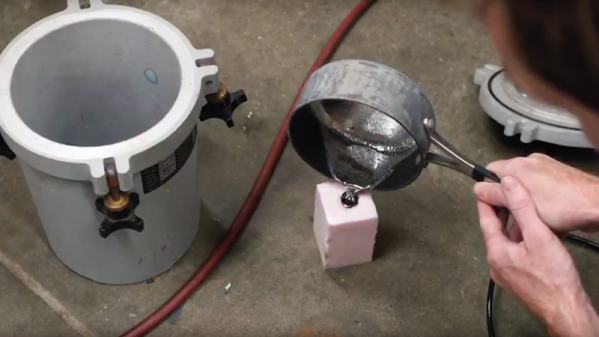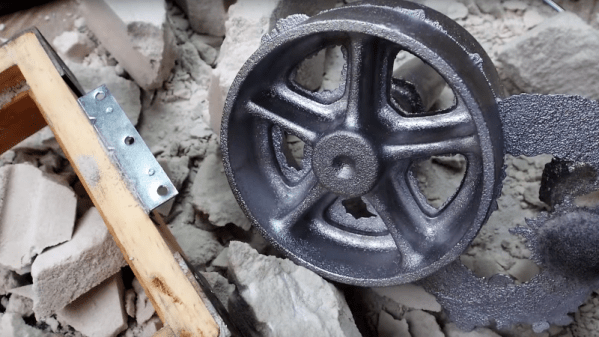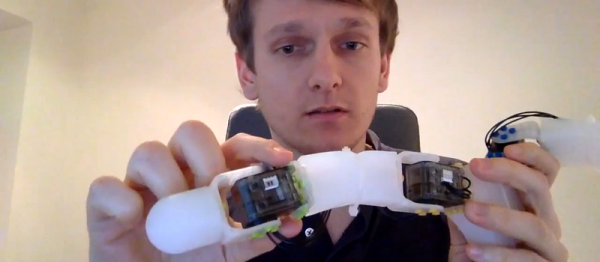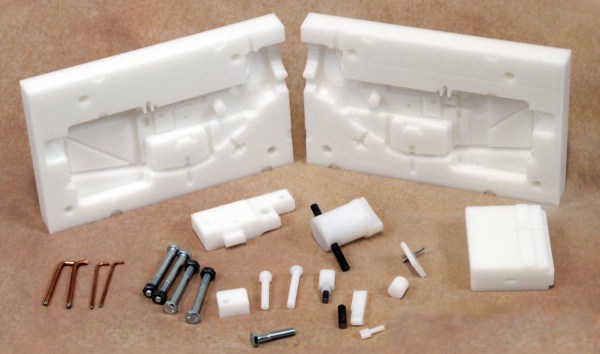Here’s a great way to quickly and easily make attractive and functional knobs with no tools required. All you need is some casting resin (epoxy would do in a pinch), a silicone mold intended for candy, and some socket head bolts. With the right preparation and a bit of careful placement and attention, smooth and functional knob ends are only minutes away. Embedded below is a short video demonstrating the process.
These may not replace purpose-made knobs for final products, but for prototypes or to use around the shop on jigs, clamps, or furniture they certainly fit the bill. With a layer of adhesive fabric or rubber, they might even make serviceable adjustable feet for low-stress loads.
This technique could be extended to reproducing broken or missing dakaware or bakelite knobs. This, of course, would require an original, unbroken knob and a small silicone mold, but it’s still a project that’s well within the capabilities of the garage-bound hacker.
While we’re on the subject of knobs, don’t forget we’ve seen an excellent method of repairing knobs as well.

